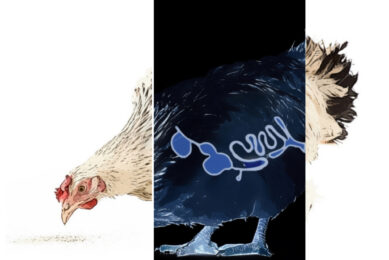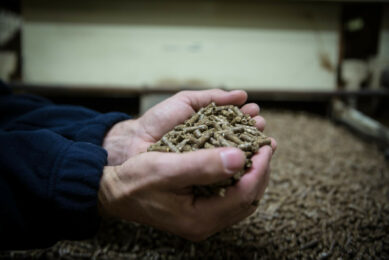EFSA: Antimicrobial resistance in livestock still an issue

The antimicrobial resistance in the European Union remains high, says new EU report.
In the article on PoultryWorld.net, the European Food Safety Authority (EFSA) and the European Centre for Disease Prevention and Control (ECDC) warn that bacteria found in humans, animals and food continue to show resistance to widely used antimicrobials.
Antimicrobial resistance poses serious threat
The findings in the report of EFSA and ECDC underline that AMR poses a serious threat to public and animal health. Infections caused by bacteria that are resistant to antimicrobials lead to about 25,000 deaths in the EU every year.
The report shows that in general multi-drug resistance in Salmonella bacteria is high across the EU. However, experts note that resistance to critically important antimicrobials used to treat severe human cases of Salmonella infection remains low. Salmonellosis, the disease caused by these bacteria, is the second most commonly reported foodborne disease in the EU. The report also highlights that antimicrobial resistance levels in Europe continue to vary by geographical region, with countries in Northern and Western Europe generally having lower resistance levels than those in Southern and Eastern Europe.
Report this year focuses on pigs and cattle
This year, the publication of the report is accompanied by a data visualisation tool, which displays data by country on antimicrobial resistance levels of some bacteria found in foods, animals and humans. The report, this year, presents the results of the analysis of data submitted by Member States for 2015, focusing on pigs and cattle. Next year the report will cover broilers, laying hens and turkeys.











